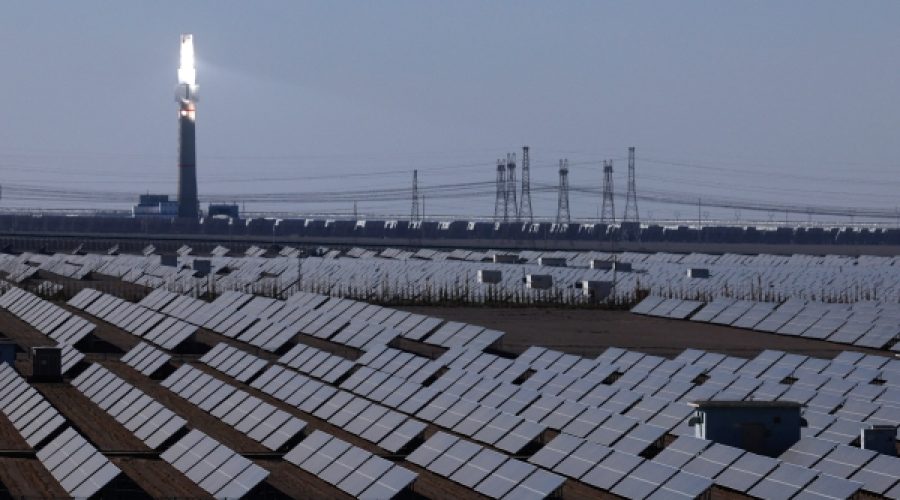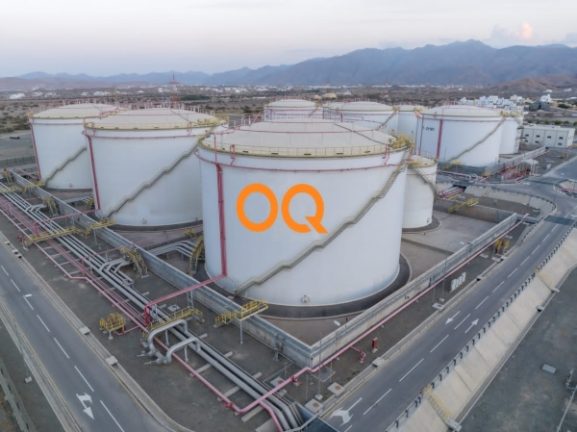China’s Record Low Electricity Emissions by 2025: Key Insights for Investors and Entrepreneurs in Oman
LITTLETON, Colorado: Significant increases in clean energy production have enabled China’s utilities to achieve record low emissions from electricity generation during the first half of 2025.
Data from the energy portal electricitymaps.com indicates that carbon dioxide emissions per kilowatt hour (kWh) of electricity averaged 492 grams in this period. This marks the first time emissions have fallen below 500 grams per kWh, a decrease from 514 grams per kWh in the same period last year and 539 grams per kWh during January to June 2023.
The nearly 23% increase in clean power generation from January to June 2024 played a crucial role in lowering emissions intensity, allowing power companies to reduce reliance on coal and gas plants. Total power generation from thermal sources, primarily coal, declined by 4% year-on-year to just under 7,000 terawatt hours (TWh), according to LSEG data.
Clean energy sources contributed 2,400 TWh during the first half of 2025, showing that fossil fuels still represent 75% of China’s power generation mix. Nonetheless, the rapid growth of clean energy continues to outpace the rise in fossil fuel generation, indicating an ongoing trend toward a cleaner power mix in China.
In fact, clean power output during the first half of 2025 was 200% higher than in the same period of 2019, while thermal power output increased by 20% over the same time frame. The declining emissions from fossil fuel-based electricity are reflective of this cleaner energy transition.
From January to May 2025, total emissions from fossil fuels used in electricity generation were 2.24 billion metric tonnes of CO2, which is 60.5 million tonnes lower than the same months in 2024. This reduction suggests some progress toward Beijing’s goals for decreasing pollution in the energy sector.
However, ongoing economic challenges, particularly a sluggish property market and uncertainties regarding tariffs imposed by the United States, are affecting both energy demand and emissions levels in China. The construction sector has seen a significant slowdown this decade due to a debt crisis among property developers, which has reduced the demand for energy-intensive materials like cement and steel.
Recently, additional tariffs on Chinese goods imposed by U.S. President Donald Trump have further dampened demand for products manufactured in China, leading to a deceleration in production across several sectors. — Reuters
Special Analysis by Omanet | Navigate Oman’s Market
The significant decline in carbon emissions per kilowatt hour in China highlights a global shift toward clean energy, which presents both opportunities and risks for businesses in Oman. Investors and entrepreneurs should consider leveraging this trend by exploring renewable energy solutions, as there is a growing demand for sustainable practices and technologies. However, they must remain vigilant regarding potential economic fluctuations linked to international trade tensions and local market demands, particularly in energy-intensive sectors.



